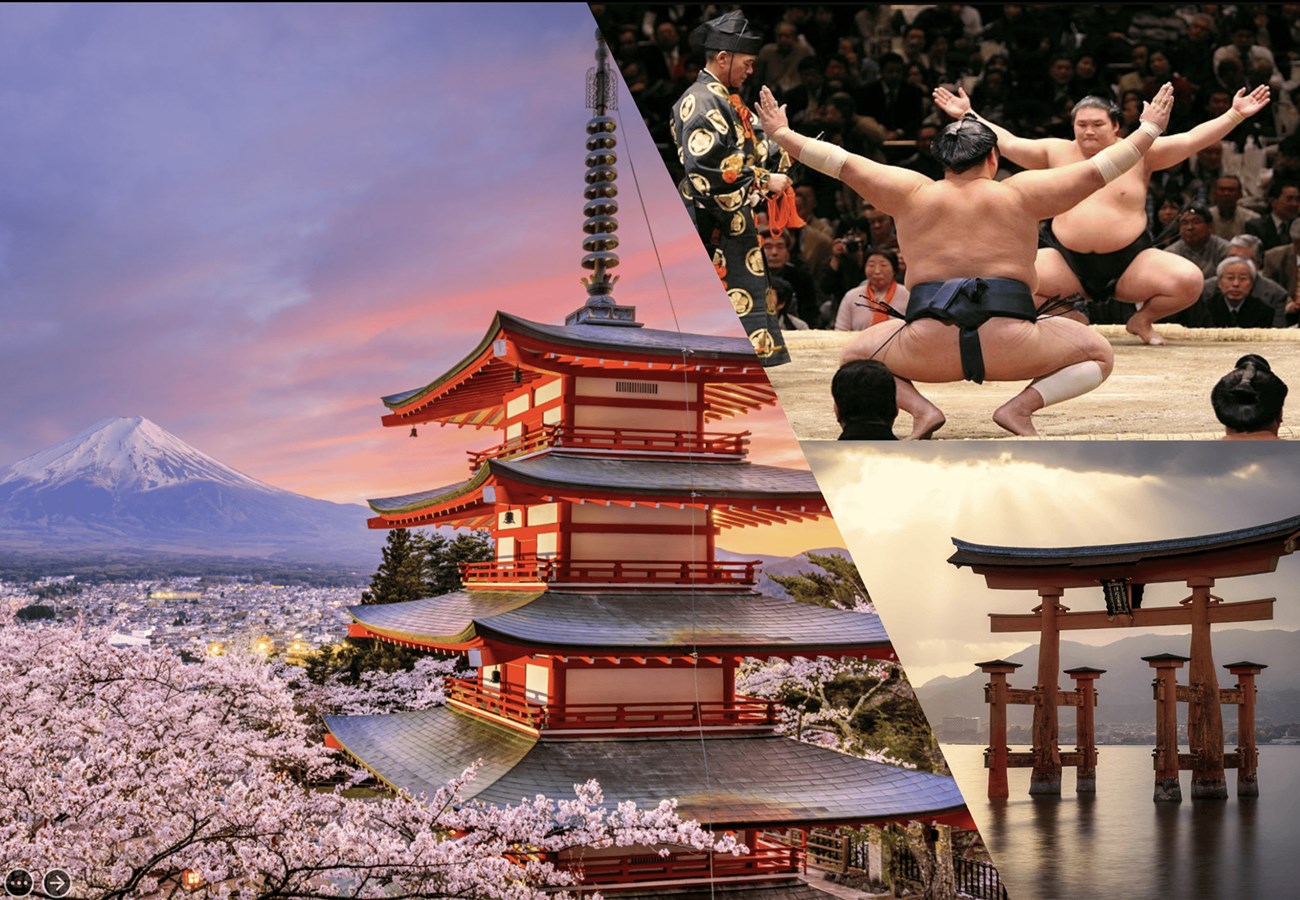
Discover Japan Japan
Discover Japan
Explore Japan’s highlights with this 14-night luxury itinerary. From ancient traditions to vibrant cityscapes, experience all the beauty and cultural richness this remarkable country has to offer.
PRICES START FROM £13,000PP, BASED ON TWO ADULTS
14 NIGHTS
INCLUDES HOTELS, FLIGHTS, TRANSFERS & EXCURSIONS
TRIP HIGHLIGHTS:
- Arrive & explore the city of Osaka
- Ride the Bullet Train to Hiroshima and visit it's historical sites
- Walk the mysterious Geisha districts of Kyoto and learn about the famous fine textile manufactury
- Visit the beautiful gardens and architecture of Kanazawa
- Experience the buslting streets of Tokyo
- Helicoptor tour over Mount Fiji
ITINERARY
Day 1
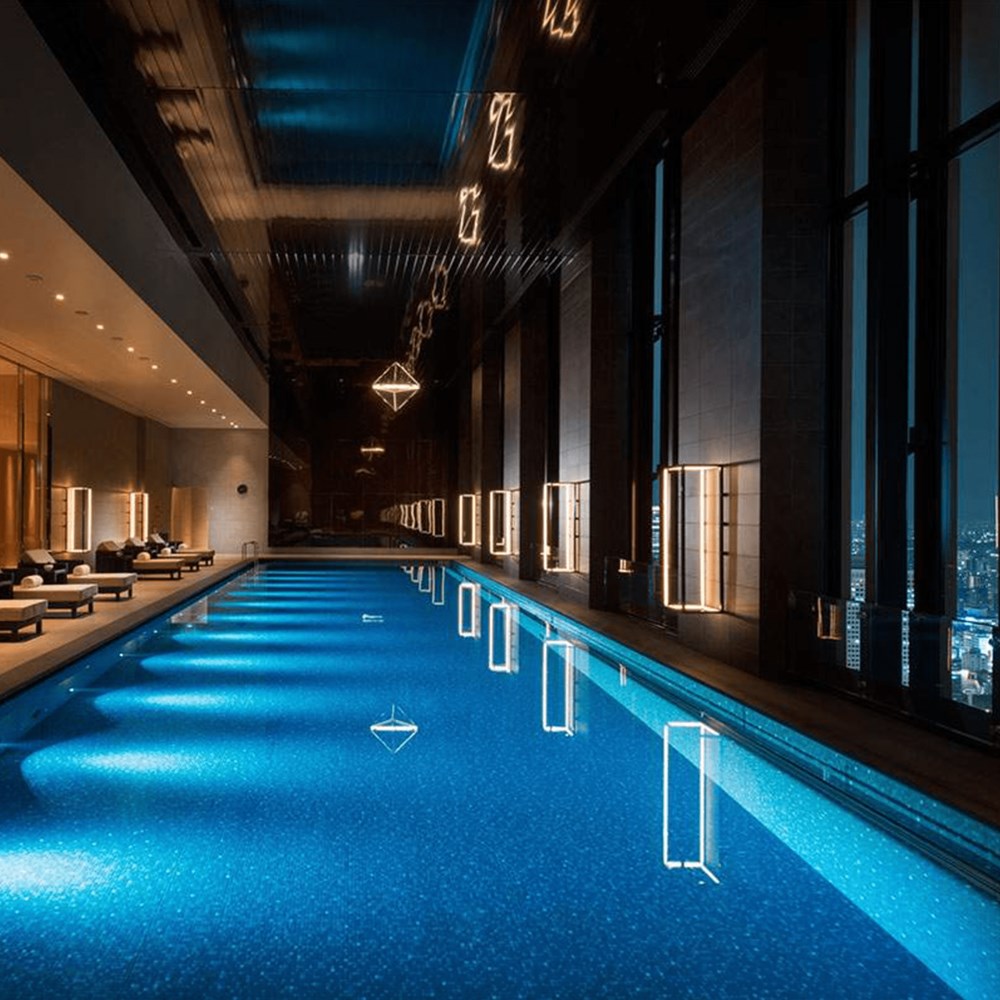
Osaka Arrival
Upon arrival at the airport, an English-speaking assistant will meet you on the arrival lobby. A private transfer will take you to your accommodation.
Accommodation: Conrad Osaka
Day 2

Full Day Osaka Tour
Your guide will meet you at your hotel to take you on a tour of Osaka. First visit Osaka Castle, the largest castle in Japan when first built in 1583. This impressive castle is surrounded by impressive stone walls and moats, and sits in Osaka Castle Park, covering an area of two square kilometers.
Take a walking tour of the Dotonbori, a popular shopping and entertainment district and is also known as a food destination. At night it is lit by hundreds of neon lights and mechanized signs, including the famous Glico Running Man sign and Kani Doraku crab sign. Here you will sample some of Osaka’s famous takoyaki (Octopus dumplings).
Head across town to the Shinsekai area, known among locals as being part of the “retro” area of Osaka. The old markets and buildings with a mid-1900s feel are a throwback to an age gone by. Contrast this with a visit to the amazing Abeno Harukas skyscraper at the end of the day. At 300 metres, this is the tallest building in Japan and so offers astounding views of the whole city from its observation decks, occupying the top 3 floors of the building. You will have some time here to take in the 360- degree view of Japan’s second-largest metropolis.
Accommodation: Conrad Osaka
Day 3
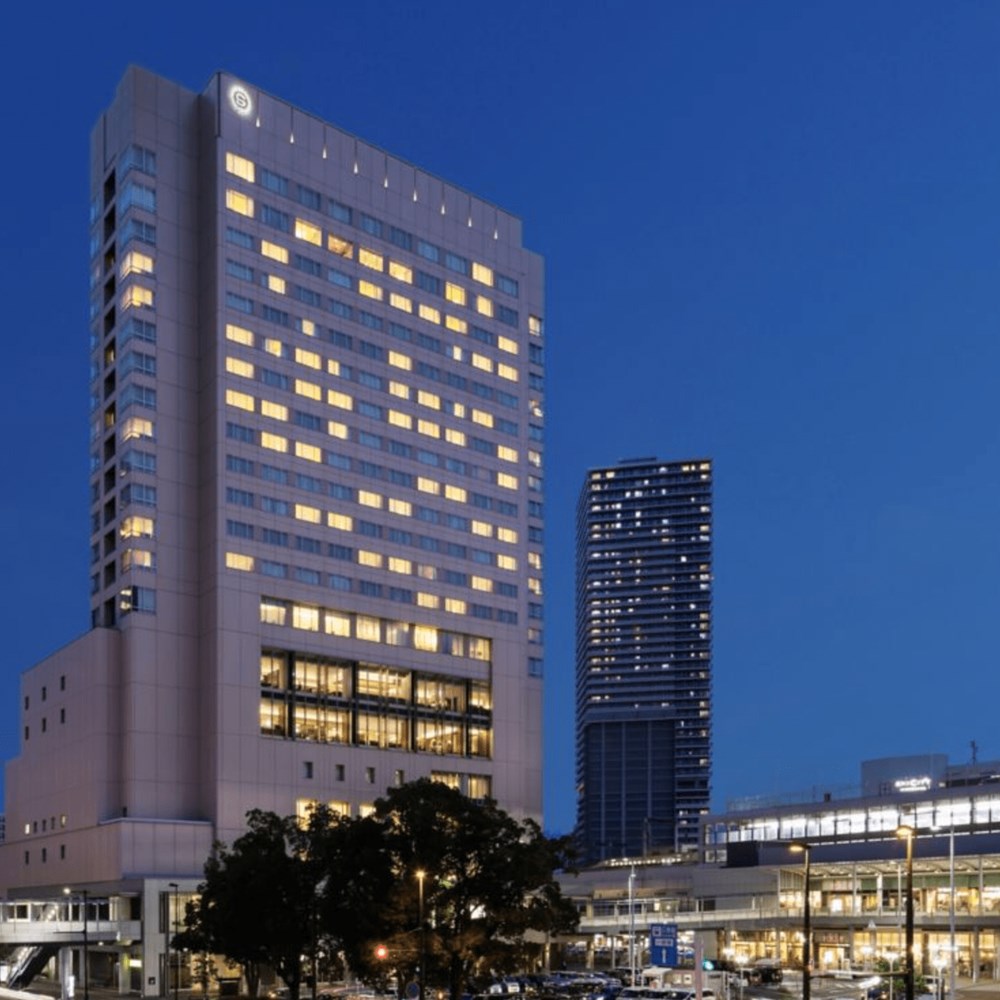
Hiroshima arrival
Before departure, you will be assisted with forwarding your luggage (Max 1 big suitcase per person) to your next destination. The luggage will arrive within the following day, so we do recommend that you bring a small bag for the overnight(s).
Today an English-speaking assistant will meet you at your hotel and escort you to the train station by Private Car. From Shin-Osaka take the bullet train (green class) headed for Hiroshima. Upon arrival in Hiroshima, your assistant will meet you at the platform and escort you to your hotel on foot. (Located within walking distance)
Accommodation: Sheraton Grand Hiroshima
Day 4

Full Day Hiroshima & Miyajima Tour
Your guide will meet you at your hotel and visit the Peace Memorial Park. The area where the park now lies was ground zero for the Atomic Bomb on 6th August 1945. After the bombing the Memorial Park was created and dedicated to those who lost their lives in the attack. Stroll through the park and discover the many memorials, monuments and statues in the park before heading into the Museum itself.
From Hiroshima, a short ferry ride will take you to Miyajima Island. A small sacred island located in the Island Sea, it has been a holy place of Shintoism since the earliest times. Here you will find perhaps the most photographed site in Japan - The Floating Torii Gate. Designated as one of Japan's '3 Most Beautiful Views', the shrine it belongs to dates back to the 6th century with the present structure dating back to the 12th century. The harmoniously arranged buildings reveal great artistic and technical skill, and have been designated a UNESCO World Heritage Site. Mere 'commoners' were not allowed to set foot on this holy place, and until recently it was even forbidden to give birth or die on the island! You will have time to explore the island and its many shrines and temples, sample local goodies like maple leaf shaped cakes before heading back to your hotel.
Accommodation: Sheraton Grand Hiroshima
Day 5
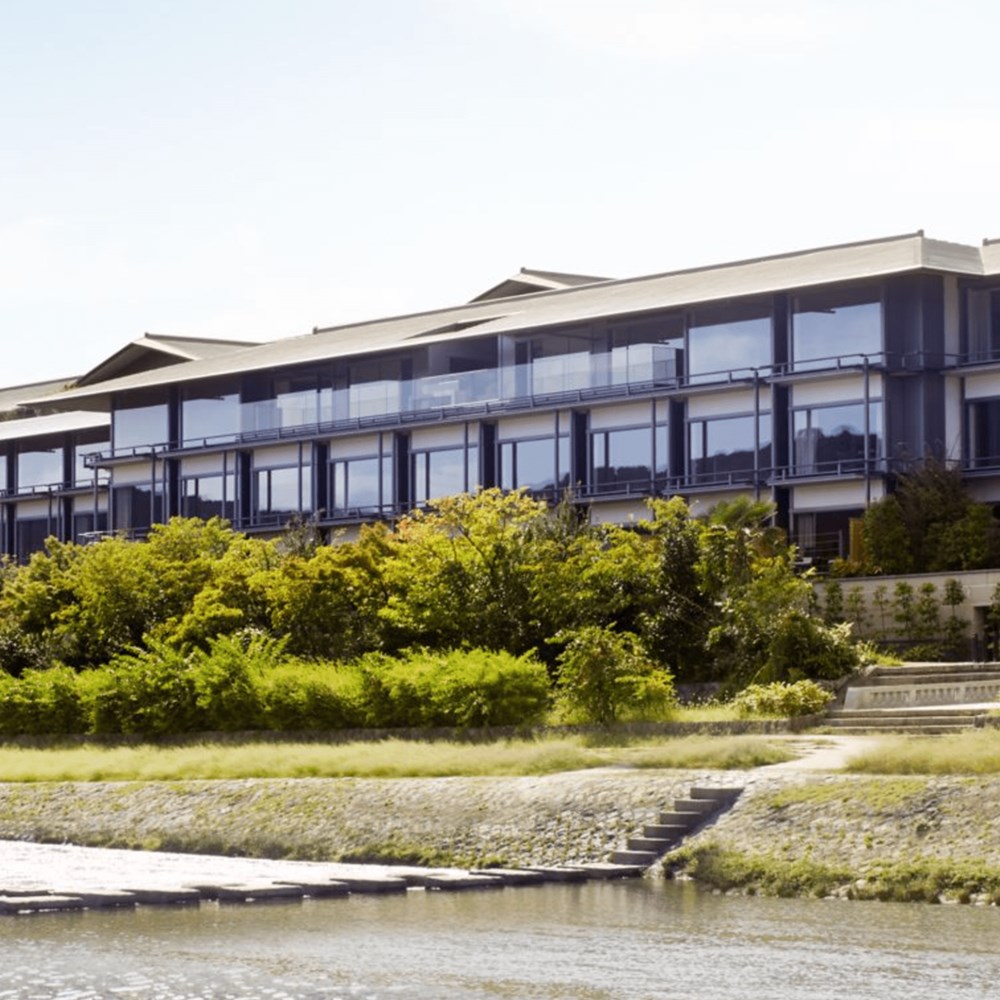
Kyoto arrival
Today your assistant will meet you at your Hiroshima hotel lobby and escort you to your train on foot. From Hiroshima Station you will be boarding the shinkansen bullet train headed towards Kyoto (Green class). An English-speaking assistant will meet you at the arrival platform and escort you to your accommodation by Private Car.
Enjoy a rare peak into Kyoto’s mysterious Geisha districts. Dine at a historical Kyoto ryokan restaurant, enjoy 9 multi-course traditional Japanese dinner, with the added chance to have a peak into the exclusive entertainments of the Kyoto “Flower and Willow World.” You will see an authentic Maiko perform dances to live performances by a senior geisha shamisen player. You will have the chance to partake in a traditional Geisha game, ask questions, and hear stories translated directly by your personal translator, an expert in Kyoto geisha culture who will help you every step of the way. This is a chance to partake in the elevation of human craftmanship to a rarefied ideal in a unique “world within a world” that even most Japanese find impenetrable.
Accommodation: The Ritz-Carlton, Kyoto
Day 6
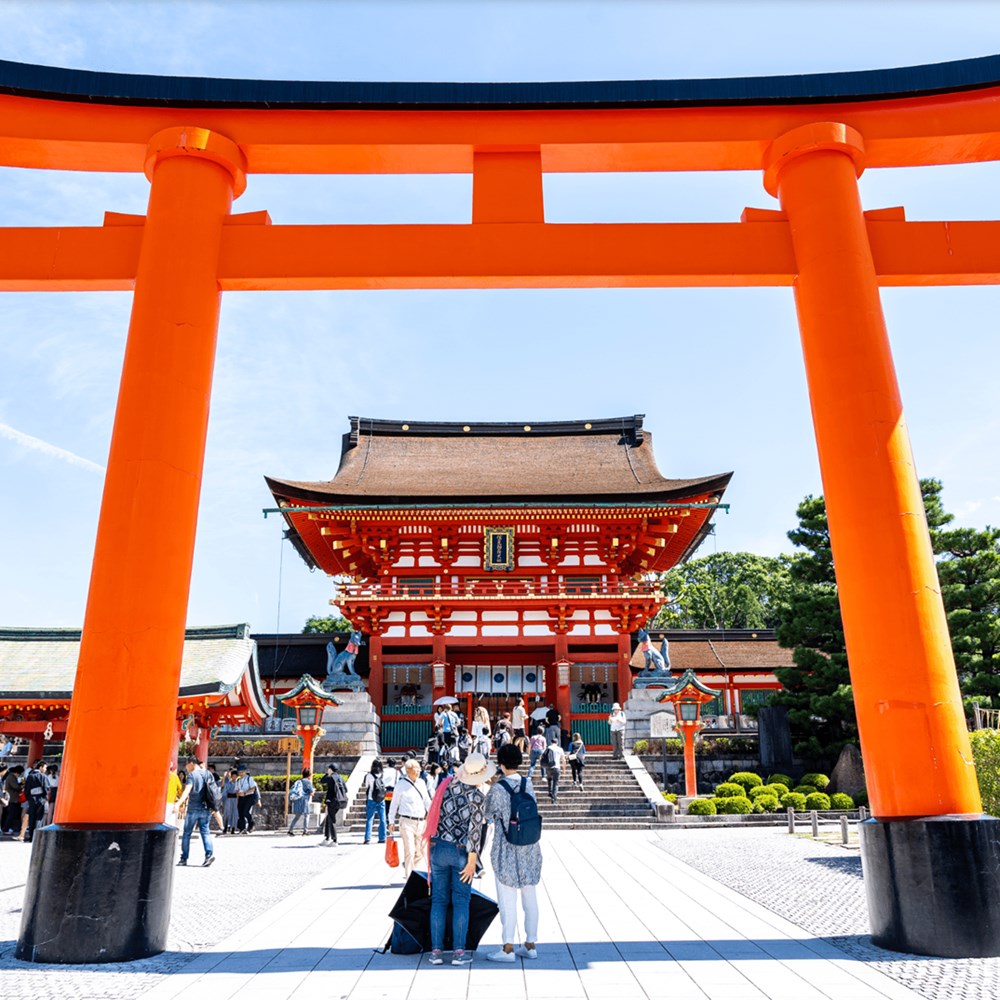
Full Day Gold Kyoto Tour
A celebrated site, the world-famous Fushimi Inari Shrine sees millions of visitors every year. Thousands of bright red torii gates line the mountain trail of Fushimi Inari Shrine. Walking through the truly unique vermillion gate pathway is a visually stunning experience. Inari is the Japanese God of rice harvest. It is also believed to bless businesses with an abundance of fortunes, hence its popularity with merchants.
The shrine complex spans over the entire Mt. Inari (233m/765ft). On your tour, you will visit the main shrine hall. Then, you will proceed through the famed vermillion gate tunnel.
Next, visit a temple once caught fire and was reconstructed a century after it was first constructed. At 120metres, Sanjusangendo is the longest wooden structure in Japan. Inside, you will find 1001 statues of Kannon, the Buddhist saint of Mercy.
Next stop is a celebrated UNESCO site, Kiyomizu-dera temple is older than Kyoto as the capital of Japan. Built for Kannon, the Buddhist saint of mercy, this temple is said to grant wishes of all kinds - and especially so for women praying for safe childbirth. The temple is famous for its wooden platform stage, the Kiyomizu Butai. The massive stage was constructed out of wood and joints - no nails. At four story’s high, it was once a popular wish-making spot.
In the afternoon you will visit Kinkakuji Temple a favorite of millions of visitors each year, you will quickly see why this jewel set into the northern hills is one of the most visited sites in Japan. A far cry from Buddhist austerity, it is covered in real gold leaf, photogenically vibrant at any time of year no matter the weather. Not just a “pretty face”, the story of the warlord who had this pavilion built will capture your imagination.
Finally, visit Kitano-Tenmangu a remarkable shrine to scholarship was built to appease the spirit of an angry ghost. Buy a lucky pencil as local students do for their college entry exams, and then marvel that the surrounding entertainment district was built literally on its austere bones. After a fire in 1444, a large section of the temple was rebuilt, and the remaining timber was used to construct 7 tea houses that became the first “flower town” or Geisha district in Kyoto. Kamishichiken is every bit as charming as its more touristy cousin Gion, with the added bonuses of fewer crowds and excellent photo opportunities.
Accommodation: The Ritz-Carlton, Kyoto
Day 7
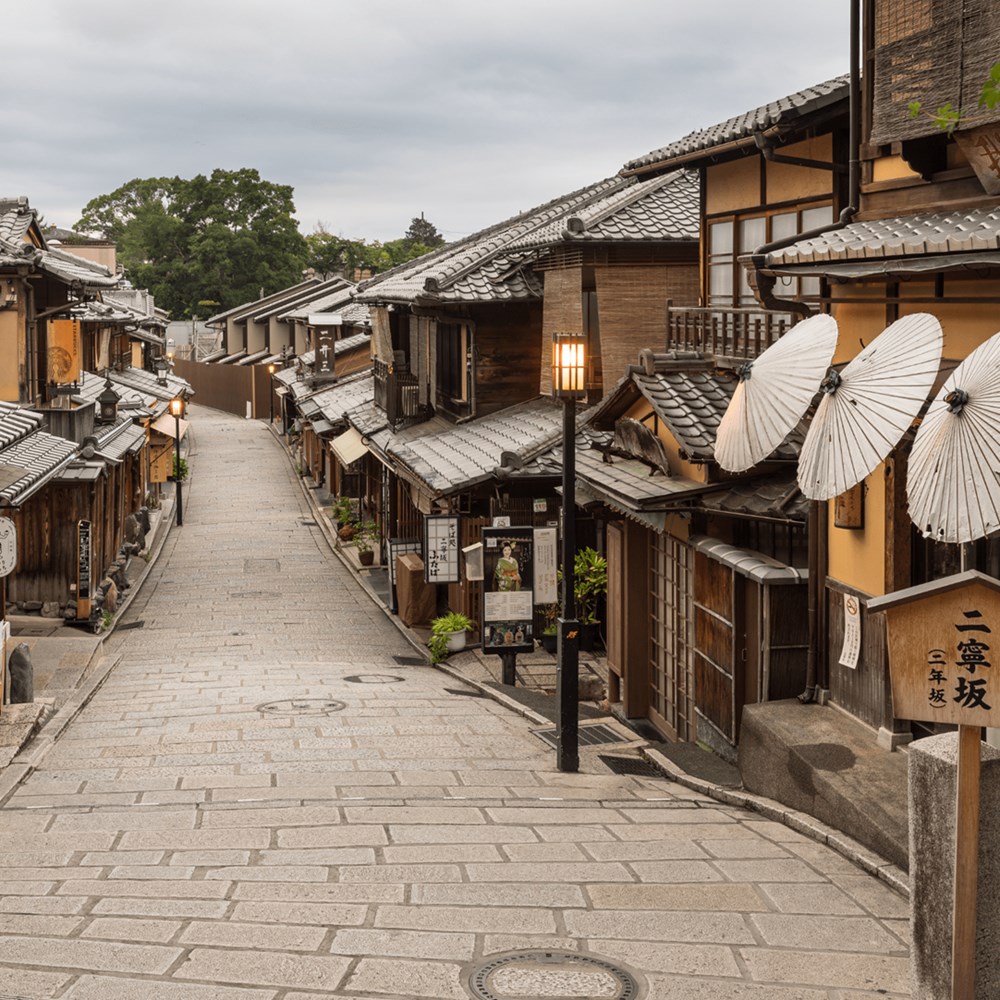
Kyoto Furoshiki and Fine Textiles Half Day Tour
From ancient times to the modern age, Japanese fabricshave been known for their superior quality. Of the many styles of production, dyeing and application, today you will experience two: furoshiki and kyoyuzen. Starting at a specialty store, you will be introduced to the furoshiki: a humble square Japanese cloth that has remained mostly unchanged for over a millennium. Still very much in use today, it serves a wide variety of purposes: whether it's wrapping lunch boxes and gifts, acting as a makeshift sling or fashioned into a trendy shopping bag, Furoshiki is not only beautiful in its design, it is the ultimate ecological carrier which serves as a replacement for the now-ubiquitous plastic bag. Today, you will learn some furoshiki wrapping techniques which are efficient, effective, and elegant.
Moving on from the cloth of the people, you will now have a taste of cloth of royalty. Kyoyuzen, a combination of the words Kyoto and yuzen dyeing, is a very labour-intensive resist-dyeing technique that involves up to 15 artisans, each responsible for a different step in the creation of one of the most highly-valued cloths in Japan. The workshop that you will be visiting today, Tomohiro Senko, is a special treat as they are a favored supplier of Japan’s imperial family. You will be shown to the actual workplace of the skilled craftsmen before having a chance to create a fukusa, which is a traditional ceremonial cloth used for tea ceremonies and weddings. There will be 3 different cloths to choose from, which can be decorated with up to 12 different colors. After finishing, the skilled artisans will put the cloth through the multi-step treatments, giving it the same attention they would a yuzen cloth for the royal family. Being a very complex process, the finished product will take 1-2 months before it can be sent to your address.
Accommodation: The Ritz-Carlton, Kyoto
Day 8
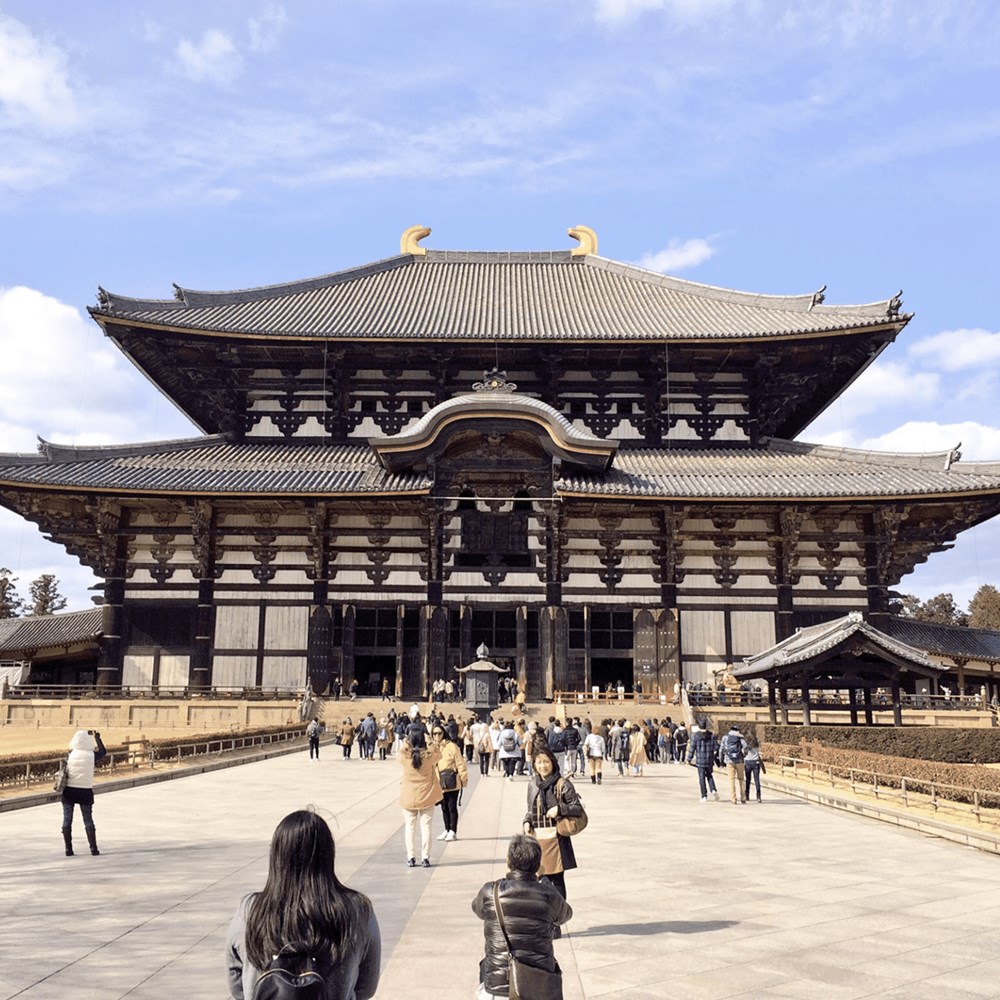
Full Day Nara Excursion
Take a full day tour to Nara today, a city with a history predating that of Kyoto.
For 74 years during the 8th century Nara was Japan’s capital and many important religious and traditional sites still remain. First, you will cisit the beautiful Isuien Garden, divided into two distinct parts that were built two centuries apart. The garden is a striking example of Japanese horticulture, borrowing the water from the Yoshikigawa River and the mountain backdrop of Mt. Wakakusayama to create its striking look. (Note that the garden is closed on Tuesdays, in which case you will visit Yoshikien Garden instead).
Next, take a wander through Nara Park, called Deer park by locals due to the large population of more than 1,000 tame deer living there. Within Nara Park is Todaiji temple, the world’s largest wooden building and home to Japan’s largest Buddha.
Next stop is Nara’s most celebrated shrine, Kasuga Taisha, established in 768 AD and famous for its hundreds of bronze and stone lanterns which have been donated by worshipers. To contrast the many temples and shrines you have enjoyed today, you will end the day with a stroll around Naramachi, a charming historic merchant district showcasing some exceptionally wellpreserved "machiya" Japanese town houses. If you have some time to spare, a few of these beautiful houses offer free entry to give you a chance to peek inside and get a feel for traditional Japanese home architecture.
Your guide will take you back to your hotel at the end of the day.
Accommodation: The Ritz-Carlton, Kyoto
Day 9
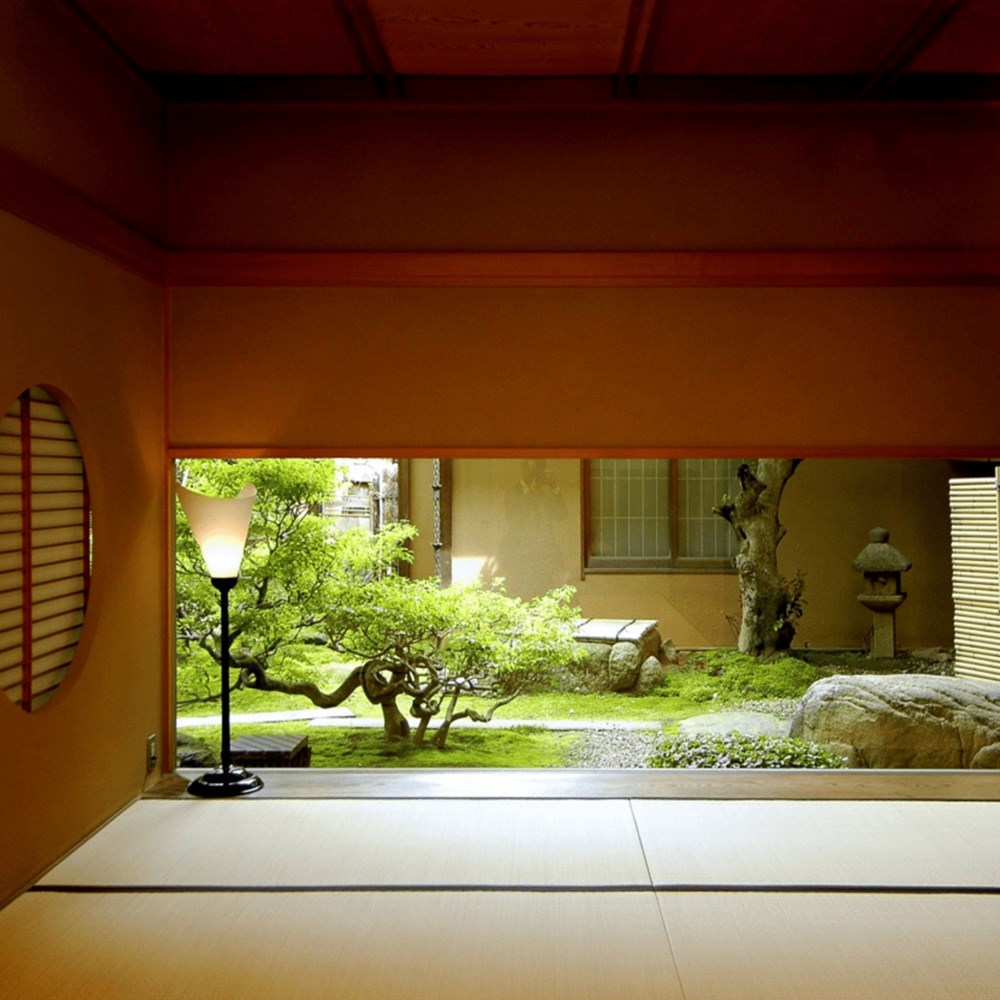
Kanazawa arrival
Before departure, you will be assisted with forwarding your luggage (Max 1 big suitcase per person) to your next destination. The luggage will arrive within the following 2-days, so we do recommend that you bring a small bag for the overnight(s).
Today an English-speaking assistant will meet you at your hotel and escort you to the train station by Private Car. From Kyoto station take the Limited Express train (green class) for Kanazawa. Upon arrival in Kanazawa your driver will meet you at the arrival platform and escort you to your accommodation by Private Car.
Accommodation: kinjohro
Day 10
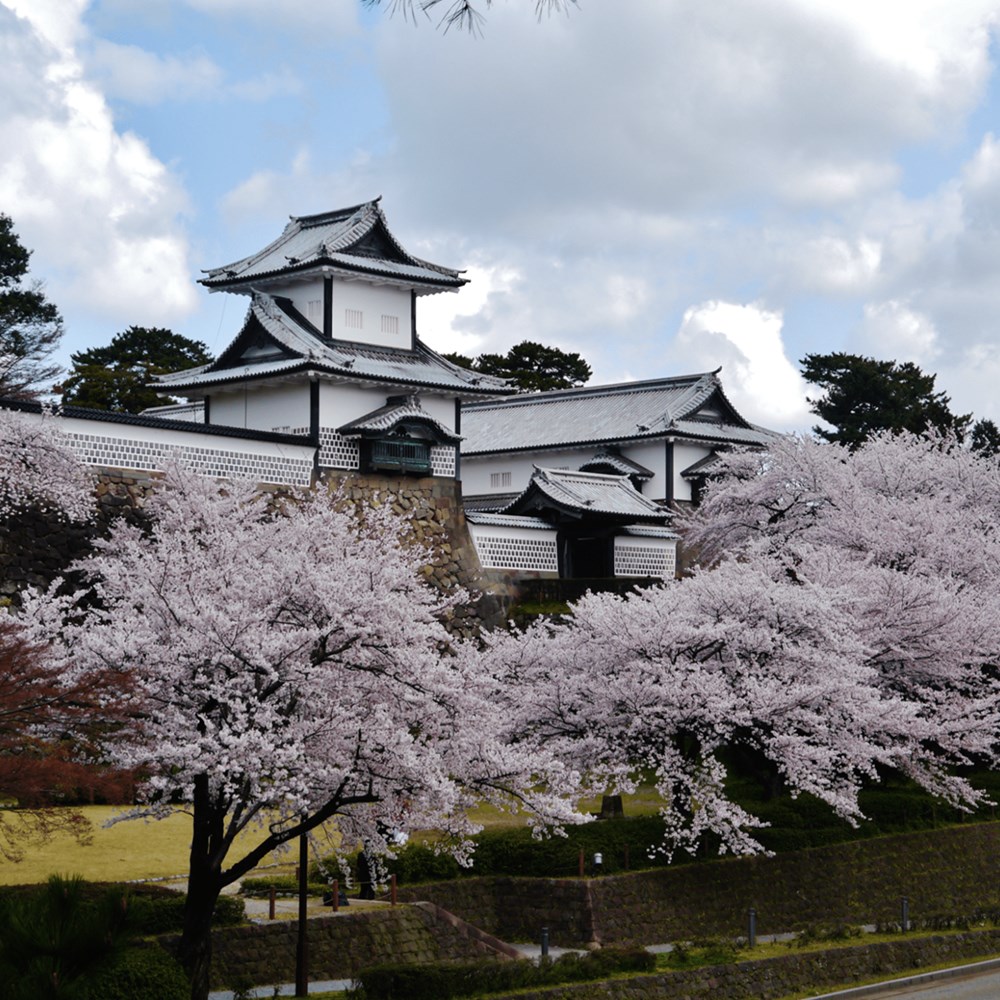
Full Day Kanazawa Tour
During the Edo Period, Kanazawa served as the seat of the Maeda Clan, the second most powerful feudal clan; Kanazawa grew to become a town of great cultural achievements, rivaling Kyoto and Edo (Tokyo). During World War Two, Kanazawa was Japan's second largest city (after Kyoto) to escape destruction by air raids. Consequently, parts of the old castle town, such as the Nagamachi samurai district and chaya entertainment districts, have survived. Today, the city boasts many historical attractions such as restored residences and districts, as well as modern museums.
A full day to explore Kanazawa with a local guide. The highlight of any visit to Kanazawa is Kenrokuen garden. Ranked one of the top three in Japan, its breathtaking beauty shines through in any season. You will also be visiting the imposing Kanazawa castle, located next to the garden. Nearby Kagayuzen Kaikan offers demonstrations of the centuries-old Yuzen silk painting technique.
Head to visit the Nagamachi Samurai district, where you can enter the Nomura Samurai House, a traditional Japanese home with tea-ceremony room, an interior courtyard garden and artifacts from the Edo period. The Higashi Chaya District is the largest and by far the most interesting of Kanazawa’s Geisha Districts. Many of the buildings along the central street now house cafes and shops. One of the shops, Hakuza, sells gold leaf products, a specialty of Kanazawa, and displays a kura warehouse style room which is completely covered in gold leaf; you will also have a chance to visit the Shima teahouse, which is still an operating tea house, but opens its doors to the public. You can enjoy a cup of green tea here to finish the day.
Accommodation: kinjohro
Day 11

Tokyo arrival
Today your driver will meet you at your hotel and escort you to the train station by Private Car. From Kanazawa station you will board the bullet train for Tokyo, in the Gran class. An English-speaking assistant will meet you at the arrival platform and escort you to your accommodation by private car.
Journey to the Eastern part of Tokyo, Fukagawa district - a serene and charming area. Enjoy a guided stroll in the beautiful Kiyosumi Teien gardens. The first location to be designated a site of scenic beauty by the Tokyo Metropolitan Government, these gardens date back to 1721 when the area was a villa for a feudal lord. In the late 19th century it was purchased by Iwasaki Yatarō, founder of the Mitsubishi Corporation, who used his company ships to transport 50 precious stones here from all over Japan and set them around a pond ringed with Japanese black pine, hydrangeas, Taiwan cherries and other plants designed to make the garden look splendid throughout the year.
A walk through this charming residential district will take you to the Fukagawa Fudo-do Temple. This large temple’s main object of veneration is a statue of Fudomyo - a fierce-looking representation of the Buddha’s determination. Visiting the temple itself is a very solemn and unique experience, but the highlight is the spectacular goma-kito ceremony. In this ceremony, a Buddhist priest burns consecrated wooden sticks in a large fire to give protection and make the wishes of those who offered the sacred wood come true. You will be able to observe the ceremony from close by and watch as the chief priest chants sutras and other priests play the taiko drums.
Accommodation: Mandarin Oriental Tokyo
Day 12

Full Day Tokyo Tour
Take a day tour of this fascinating city with a local guide. First up is Asakusa, Tokyo’s old town where you can soak in the atmosphere of the Tokyo of old. Visit Sensoji, Tokyo’s oldest temple and wander down Nakamise, a shopping street that has been providing temple visitors with a variety of traditional, local snacks and tourist souvenirs for centuries. Next, travel down the Sumidagawa River on Tokyo's Water Bus, a unique means of transportation. You'll arrive directly at Hamarikyu garden, an Edo Period Japanese garden surrounded by the Shiodome district’s futuristic skyscrapers, a great example of how Japan is the land of contrasts, where you will stop for a cup of steaming matcha and Japanese sweets in a tea house on a small island in the park’s lake.
After lunch, enjoy a visit to Meiji Shrine, a shrine dedicated to the deified spirit of Emperor Meiji and a popular place for traditional Japanese weddings. Finally, as the sunlight dims, take a walk down the sparkly Omotesando shopping street, a broad tree lined avenue home to the flagship stores of the world’s top fashion brands and some fantastic modern architecture.
Accommodation: Mandarin Oriental Tokyo
Day 13

Mt Fuji Helicopter Cruise
Today, a private transfer will take you to Urayasu Heliport where you will start your 70 min Helicopter cruise where we take you around to “Ashinoko Lake” area to overlook Mt.Fuji. During the flight you could also see Metropolitan area of Tokyo, Yokohama, histrical Kamakura, Enoshima and so many places you will explore. After the cruise, your guide and car will be waiting for you at Urayasu heliport to take you to an afternoon gourmet tour. Note: Helicopter tour is subject to weather availability. This course cannot guarantee that you will see Mt. Fuji. Depending on weather conditions. Upon time of booking the operator might ask for your height/size/weight information to be adequately able to pre-fuel the aircraft prior to the tour.
Enjoy an evening walk in the backstreets of Harajuku, a trendy young area called "Urahara". Harajuku's main street, Takeshita Dori, is popular with teenagers looking for the latest crazy trends, but just a few steps in the backstreets will show you an area full of stylish cafes and hip creators boutiques. You will stop first at a local craft beer brewer, where you will taste a glass of handmade beer with some snacks, before continuing to an Okonomiyaki restaurant. Literally meaning "grilled as you like", they are a sort of savoury pancakes that you cook directly on a hotplate in front of you, to be tasted piping hot! Visit Omotesando Hills, a stunning example of contemporary architecture by Tadao Ando. You will then make your own way back to the hotel (the guide will explain to you how to return).
Accommodation: Mandarin Oriental Tokyo
Day 14
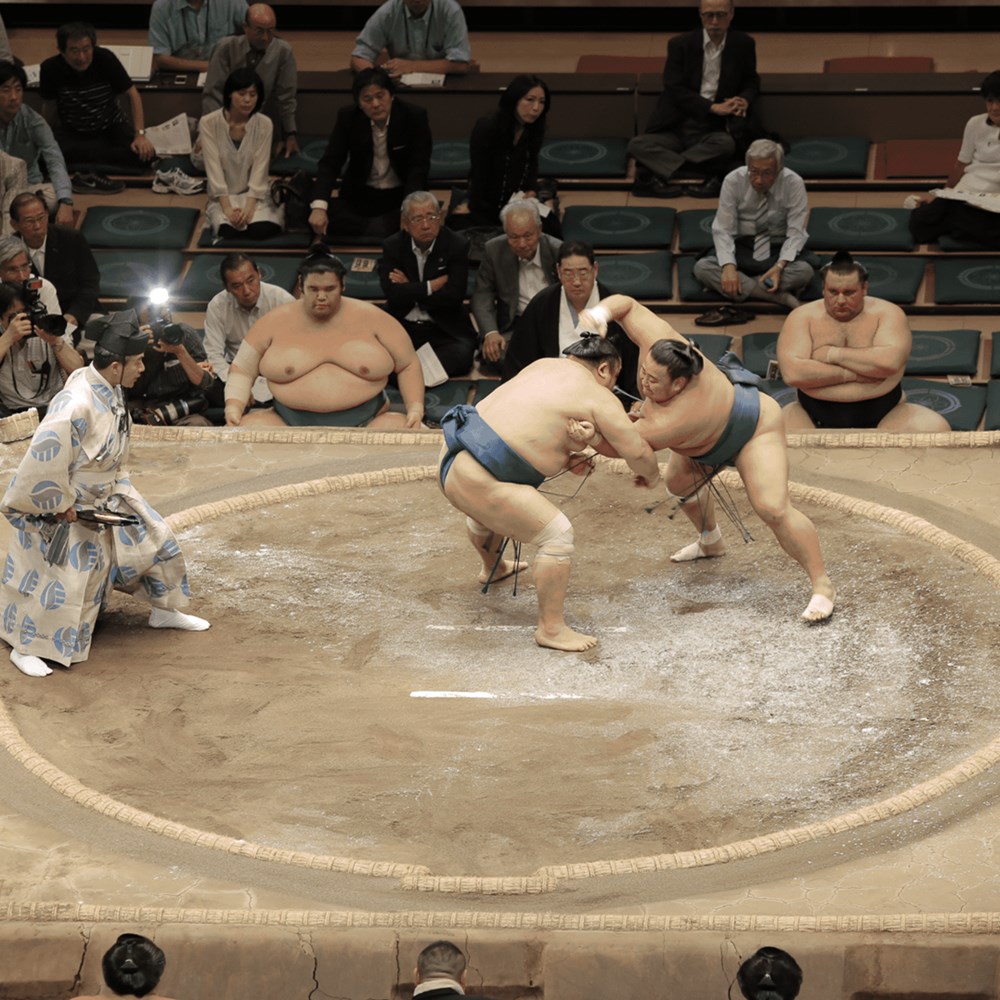
Sumo Training Experience
This morning a guide will meet you at your Hotel and take you to a ‘sumo beya’ or sumo stable. There, you will have a peek behind the scenes at the world of sumo beya. All rikishi (wrestlers) belong to heyas, or sumo stables, where they live, train and eat. You will be able to visit one of these heya to get up close and personal with these giant men and watch their asa geiko (morning training).
The day begins in the early morning, when the lowest ranked men wake up and put in some practice before going about their assigned duties, which include cleaning the building and preparing the food for the main meal of the day. Higher ranked sekitori appear at a more reasonable hour, and they begin a practice session that runs from about 7am until about 10am. After several hours of warm up and technique practice, the wrestlers play an exciting ‘King of the Castle’ game where one wrestler stays in the ring fighting bouts without any rest until he is defeated.
Your next destination is the Sumo Museum, located in one of Japan's largest sumo stadiums, to learn about this fascinating and highly ceremonial sport. However, as the museum is on the grounds of the sumo stadium, there may be days on which the museum is closed due to preparations for sumo tournaments. In this case, you will visit the nearby Hokusai Museum, dedicated to the famous ukiyo-e artist, Katsushika Hokusai. His most well-known work, The Great Wave off Kanagawa, is most likely the first image that comes to mind when one thinks of Japanese art.
Next is Tokyo Skytree is a new television broadcasting tower and landmark of Tokyo. With a height of 634 meters (634 can be read as "Musashi", a historic name of the Tokyo Region), it is the tallest building in Japan and the second tallest structure in the world at the time of its completion.
Finally, head to the wonderful Ueno Park, one of the largest parks in Japan and home to some spectacular cherry blossoms in spring. There are many museums, shrines and temples within the park that you can visit after a stroll with your guide (not included).
The following morning, a private transfer will take you from your accommodation to the departure airport.
Accommodation: Mandarin Oriental Tokyo





